
Under a tree in Chihanga
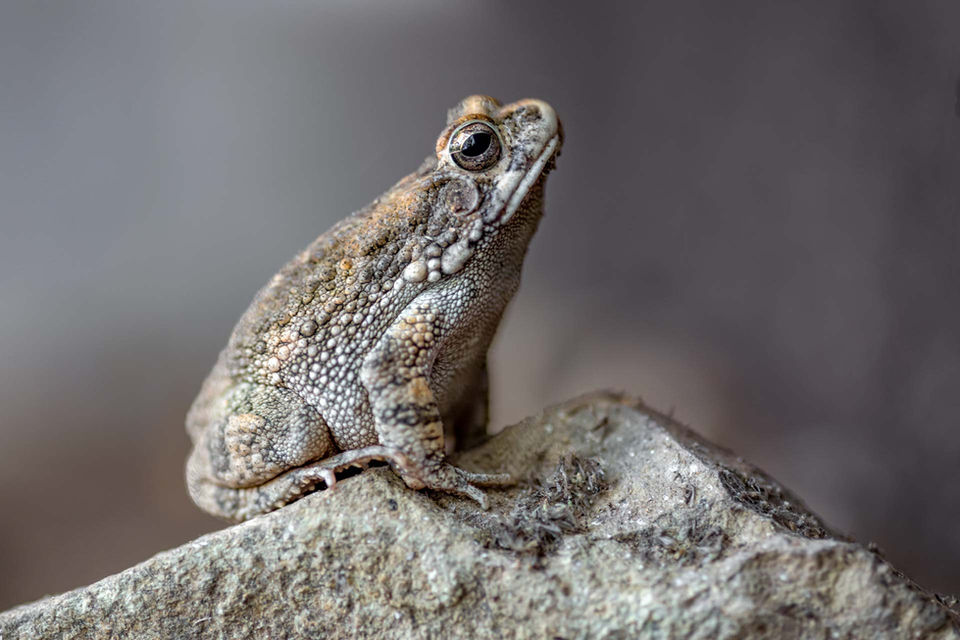
Camouflage in Nature: The African Toad
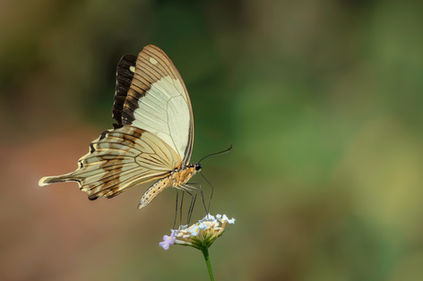
The Butterfly in the Garden
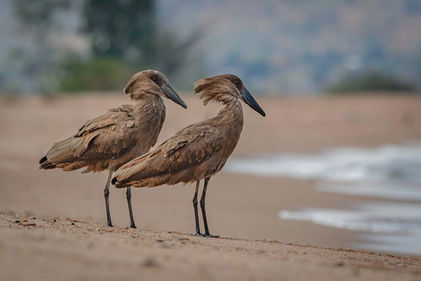
Two Hammerkops at the Shore

A Walk with Lions

Abandoned on the Sand
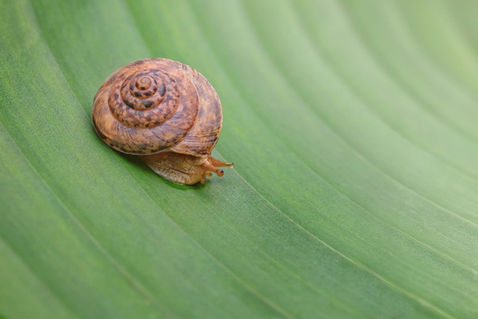
Morning Stillness: A Snail on a Leaf
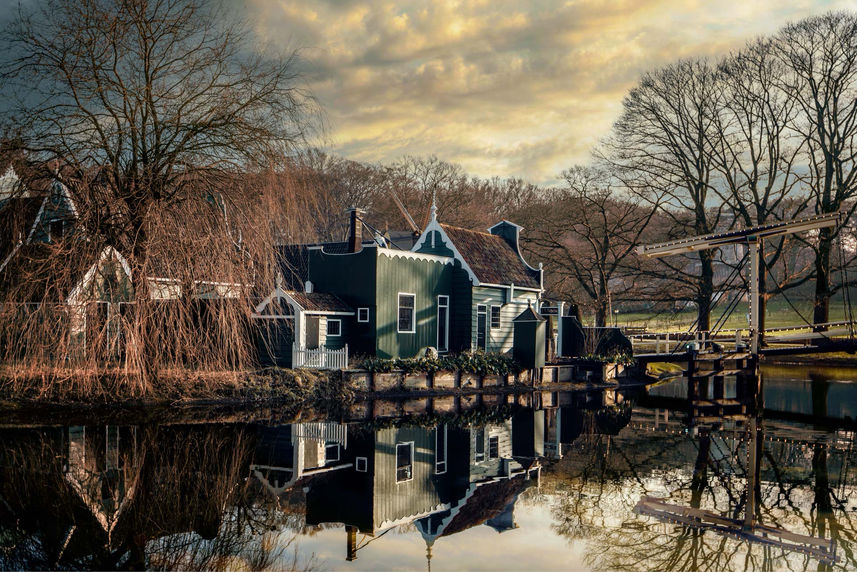
Back in Time: A Day at the Open Air Museum
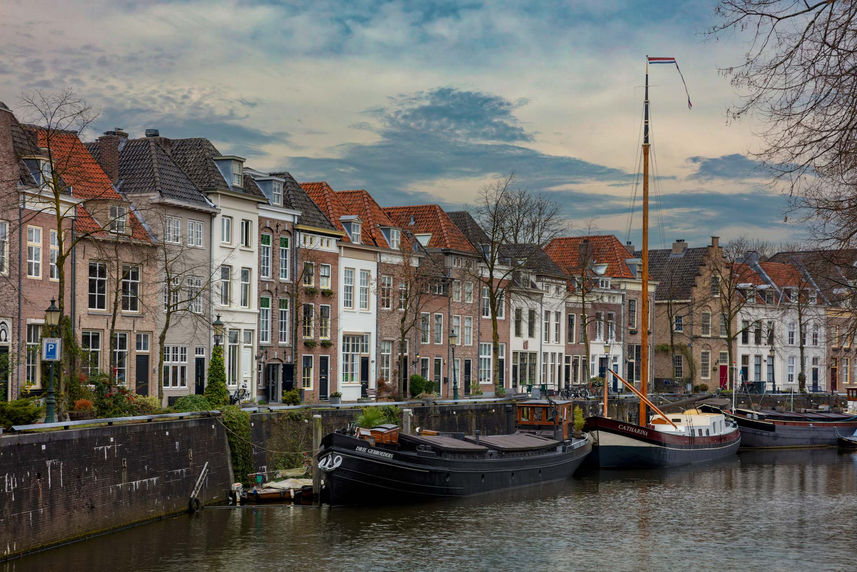
The Quiet Waters of ‘s-Hertogenbosch
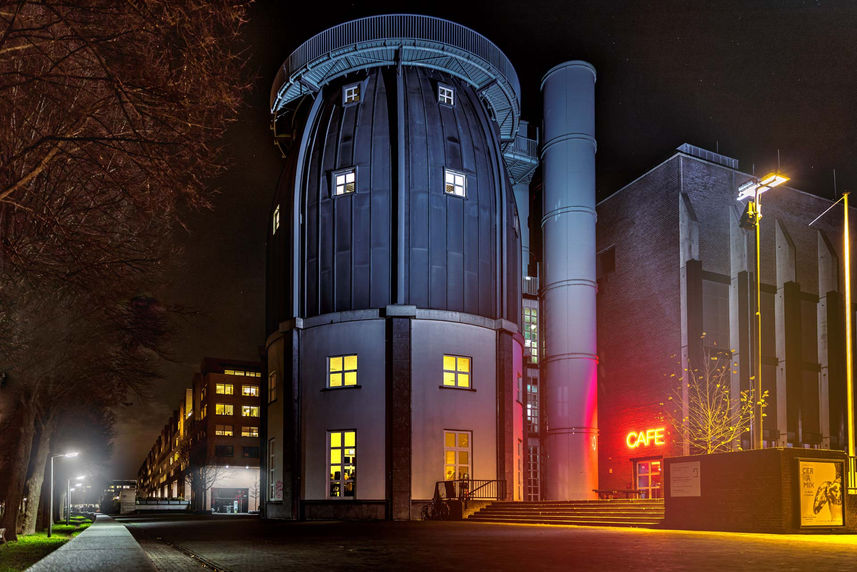
Under the Dome of Bonnefanten Museum
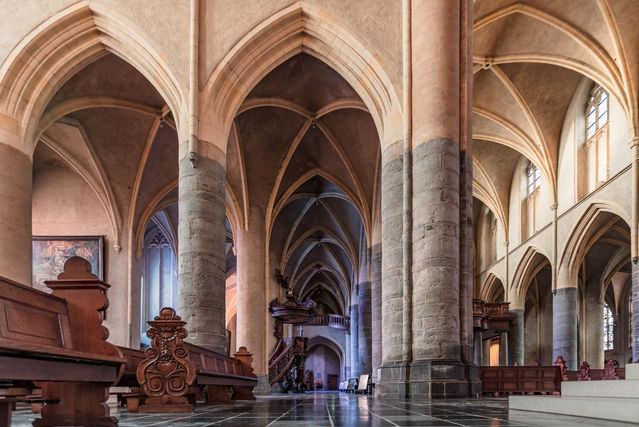
A Moment of Silence in St. Christopher’s Cathedral
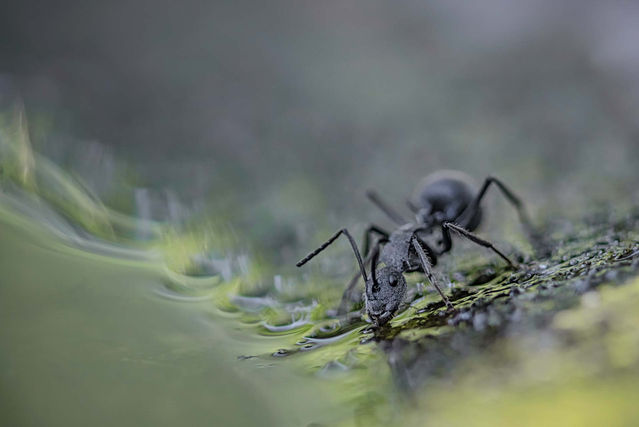
The Ant and the Water Bowl

An Early Start for a Stunning View
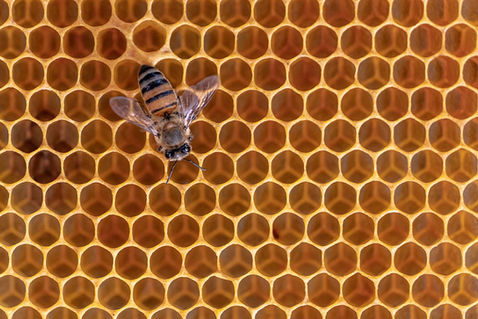
The Last Bee

Autumn in Harmony: The Leaves in the Garden
Camouflage in Nature: The African Toad
I hadn’t noticed it before, though I had probably walked past it several times. There, perched on a stone, sat an African common toad (Sclerophrys regularis). Its bumpy skin, covered in a pattern of warts, almost blended perfectly with the color of the stone. Its presence was strikingly calm, like a silent observer of its surroundings."
The toad was well camouflaged, which is not surprising for this species. The African common toad is a sturdy amphibian commonly found in Sub-Saharan Africa. Males can reach a length of 62 to 91 mm, while the larger females can grow up to 130 mm.
If you looked closely, you could see the toad move quietly every now and then, but it wouldn’t be long before it settled back into a calm position. When these toads feel threatened, they rely on their speed to move away or even travel through water to escape predators.
It was a small but intriguing moment in the garden, the toad in its peaceful environment, perfectly hidden in the landscape.
Back in Time: A Day at the Open Air Museum
My brother took me on a trip. I had no idea where we were going until we arrived at the Netherlands Open Air Museum in Arnhem. This museum, open to the public since 1918, brings the history of everyday life in the Netherlands to life.
As we walked through the vast park, we passed a picturesque body of water. A building, with its historic appearance, was reflected in the still water in front of it. A drawbridge led to the other side. The trees surrounding the scene had lost their leaves. It was an image that perfectly captured the atmosphere of times gone by.
The museum combines authentic buildings, traditional craft demonstrations, and a historic tram, making the past feel tangible.
The Quiet Waters of 's-Hertogenbosch
Along the Brede Haven in 's-Hertogenbosch, the houses lie quietly in the soft evening light. The water, stretching out beneath the horizon, is gently disturbed by the movements caused by the wind. In front of the houses, a few cargo ships rest, which once played a significant role in the harbor's activity.
Centuries ago, this was a bustling place. From the 15th century onward, skippers and traders settled along this quay, where the first city crane, built in 1442, unloaded and loaded goods from ships. On the other side, at the Smalle Haven, it wasn’t until after 1630 that traders began to settle. The harbor expanded, quays were constructed, and more and more ships waited patiently at the water gate "Aen den Boom" for a berth.
Now, the harbor lies quietly, the once vibrant activity of the past only a distant memory on the still water.
Under the Dome of Bonnefanten Museum
The Bonnefanten Museum in Maastricht towers over the city, illuminated by the evening twilight. The iconic building, designed by Italian architect Aldo Rossi, has its characteristic rocket-shaped dome that towers over the river Maas.
Since 1995, the Bonnefanten Museum, originally founded in 1884, has been an important centre for art in Maastricht. Now housing a combination of old and contemporary art, the museum has firmly established its place in the city over the years.
As I walked, I even took the time to admire the iconic building, which connects both past and present.
A Moment of Silence in St. Christopher's Cathedral
It was cold at this time of year, so during my visit to Roermond, I decided to step inside the St. Christopher Cathedral, a building I had previously only seen from the outside. The first thing that struck me was the impressive space. The pews stood quietly in the nave, surrounded by the elegance of the floors and the stone arch structures that reached up to the towering ceiling.
The interior exuded history, with its Gothic elements and the refined curves that adorned the vast ceiling. The cathedral was originally built in the 15th century, and although its tower was severely damaged during World War II, it was restored to its original state after the war.
In the silence of the cathedral, amidst the city's history, it felt as if the building was quietly telling its story while my gaze wandered over the magnificent interior.
The Ant and the Water Bowl
I noticed an ant, a Polyrhachis dives, quietly drinking from the water in our water bowl. Normally used by birds for drinking or bathing, the bowl had become an unexpected source of life for this ant.
This ant is part of a larger colony that builds its nests in the lower branches of trees, shrubs, and grasses. The nests are made of cardboard-like structures, created by connecting branches and leaves with larval silk.
What makes this species special is that the colony is polygynous, meaning that several queens can live in one nest, sometimes up to 50. The workers take care of everything: they collect food and water, maintain the nest, and keep the colony in balance.
Autumn in Harmony: The Leaves in the Garden
Most of the leaves were deep brown, with hints of orange adding a warm contrast. The color palette was a subtle reminder of the transition from summer to autumn.
They lay in a natural chaos, yet there was a quiet harmony that made me pause for a moment. I hesitated briefly, wondering whether to capture the scene. But the sight spoke for itself, as the moment deserved a photo.
An Early Start for a Stunning View
I was already on my way to Chombe, in the north of Malawi, even before the sun rose, as I wanted to capture the sunrise, curious about how the morning light would shine over the water.
A few kilometers further was my destination, and fortunately, I had plenty of time to take it all in. Upon arriving at the shores of Lake Malawi, the landscape lay still and mysterious. The beach was barely visible, covered with small rocks extending both on the sand and in the water.
The first glow of the sun appeared on the horizon, slowly shifting from deep orange to warm gold. The water reflected the shades of the sky, and the soft rustling of the waves broke the silence of the early morning. It was a beautiful moment, a short but enchanting transition from night to day.
The Last Bee
In a large tree, standing in the middle of our garden in Chitimba, Malawi, a colony of bees once built a visible hanging nest. Suspended among the branches, it was a perfect structure, an intricate masterpiece of nature.
The honeycomb, a tightly packed formation of hexagonal prismatic cells made of beeswax, remained intact. Yet, the buzzing life that once filled it had vanished. The colony had moved on, leaving behind only a single bee.
Perched on the honeycomb, it sat alone, a quiet guardian of an abandoned home.
Morning Stillness: A Snail on a Leaf
On a leaf of a plant sat a freshwater snail, motionless and completely at ease. Its small, shiny shell caught the soft light and seemed to be part of the surroundings. No rush, no movement, only a quiet presence.
Still early in the morning, my eye caught this scene from my bedroom window. It was time for action, my camera had to come along.
This was a perfect model: the snail stayed put, not paying any attention to my presence. It seemed as if this creature had no concern for my presence, its calm and focus were entirely directed at itself.
As I took my photo, I realized how special this moment truly was. A small creature, motionless and peaceful, captured in the soft morning light.
Abandoned on the Sand
At sunset, when the sky was still clear and the light softly fell over the water, I walked to the shores of Lake Malawi. I had no fixed plan, but I wanted to take some photos of the peaceful surroundings. As I approached the shore, my eye caught something unexpected: a worn-out shoe, completely alone in the sand.
It seemed as if time and place had let go, left behind without a story. The shoe was already somewhat marked by time. The fabric and leather had been weathered by the sun and sand, and the sole was beginning to come off. It looked as if it had simply been meant to lie there, like a silent witness to a forgotten moment.
I stopped for a moment, camera in hand, fascinated by the image, and captured this unexpected moment. A simple object, but its abandonment made it something special, a reminder of what once was.
A Walk with Lions
Between the low branches of a tree, a young lion was dozing. He had chosen a comfortable spot for himself, not far from the ground but high enough to be a little secluded. His eyes were closed, his breathing calm, he had clearly had enough.
This lion was part of our walk in Zimbabwe, where we went on an excursion with Lion Encounter. This program is dedicated to the reintroduction of African lions into the wild.
During the walk, we had seen him sniffing around, playing, and practicing his hunting instincts. But at some point, he decided it was time for a break. In one smooth movement, he climbed into the tree and fell asleep, as if to let us know that he alone decided when enough was enough.
Apparently, the king of the savanna had set his own pace.
Two Hammerkops at the Shore
Two hamerkops stood quietly on the shores of Lake Malawi, their gaze fixed on the vast expanse of water before them. The birds, recognizable by their unique heads with long beaks and characteristic crests, stood there as silent observers of their surroundings.
The hamerkop is a wader that knows its place in nature well. In the shallow waters, it searches for fish, amphibians, and sometimes even small mammals. With patience and precision, it catches its prey, often by touch or by observing closely.
Although the hamerkop mainly lives near water, it is best known for its impressive nests. These enormous nests, carefully built, serve as homes for eggs and young, which are cared for by both the male and female.
On the shore of the lake, it was a moment of rest, the birds staring at the horizon, the nature around them calm and peaceful.
The Butterfly in the Garden
In our garden a butterfly landed on a flower. It was from the Pages family (Papilionidae), known for their vibrant colours and often having tails on their wings.
Typically, they are large, colourful butterflies, but this one was of a normal size and sat quietly for a while, its wings gently moving in the breeze.
I was lucky that on this afternoon, I happened to be wandering around the garden with my camera, looking for something ordinary yet special. It was a moment of peace, at just the right time.
Under a tree in Chihanga
I saw Lilian for the first time in the early morning, during my visit to Chihanga, a small village in the north of Malawi. She was sitting with her family under a tree, her chitenje draped loosely over her head.
Her dark eyes looked straight at me—not shy, not challenging, perhaps a little curious and unperturbed. She kept looking at me, undistracted by the sounds of the children, nor by the goats and chickens moving around her.
For me, it was a moment to capture this gaze forever because she gave me the time to do so.
